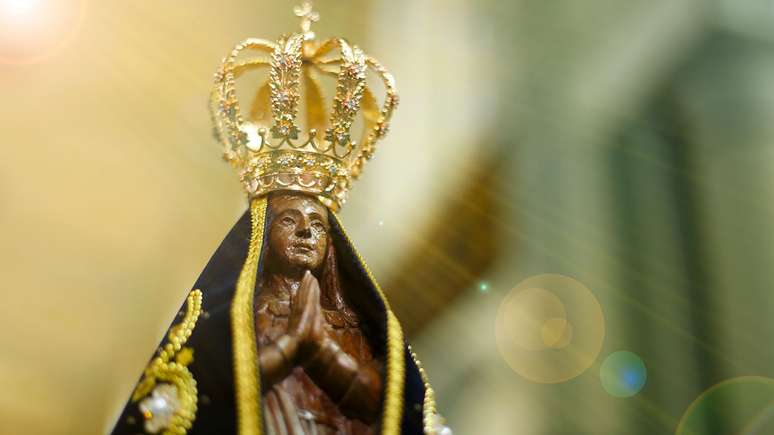A complete manual for those who want to have fantastic flowers in the garden
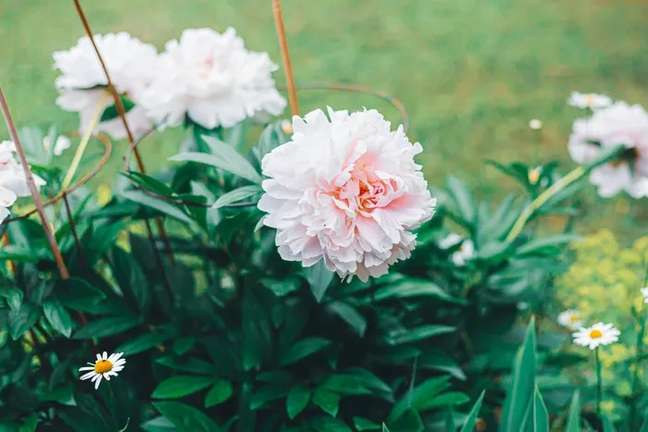
In peonies are the stars that bloom in spring. They have large, showy flowers, heady aromas and a lot of personality. According to some estimates, there are up to 33 different species within the genus peonycollectively known as peonies.
Most are herbaceous perennial plants, although some are woody shrubs. Peonies are medium in size, have tuberous roots which are a combination of thick storage roots and thin roots, designed to absorb water and nutrients.
Careful management of these roots is key when planting or transplanting peonies, as well as when dividing plants to propagate them.
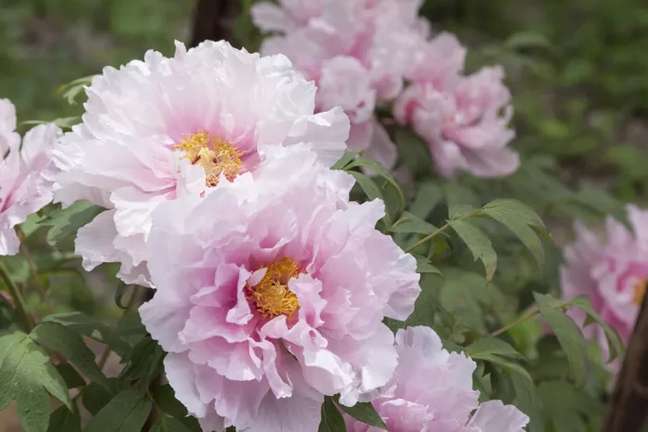
Slow-growing peonies are classified in many different ways, such as based on flower type or growth habit.
The flowering time of peonies varies from late spring to late summer depending on the variety, but all types are best planted in the fall. This gives the plant time to settle and establish roots before winter.
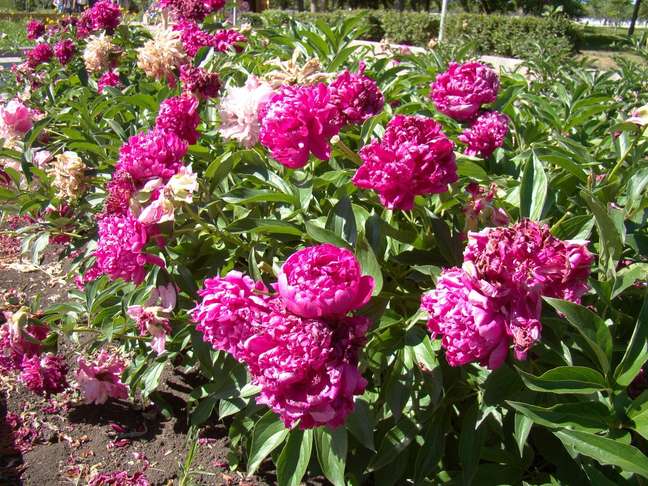
- botanical name paeonia officinalis
- Common name Peony
- type of plant Perennial herbaceous or woody shrub
- sun exposure full sun
- soil type well draining
- soil pH 6.5-7.0
- flowering time From late spring to late summer
- flower color White, pink, pink, red, deep purple and coral
- natal area Asia, Europe and western North America
- toxicity Slightly toxic to humans, toxic to pets
Peony care
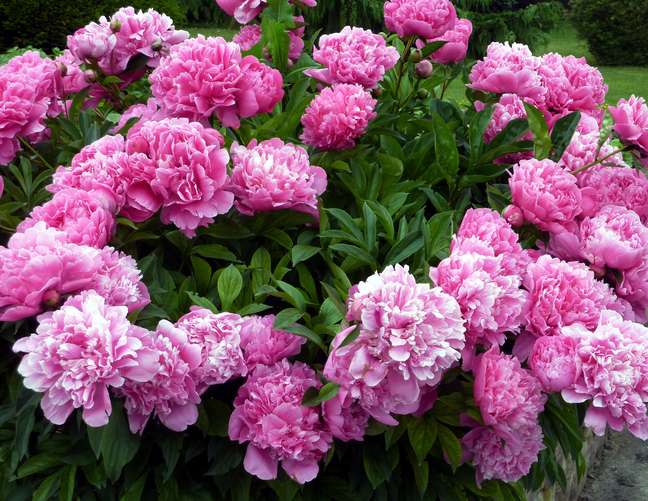
Peonies are classic garden plants that can thrive for decades with minimal care if planted in soil that meets their needs.
Give each plant enough space to grow to maturity without being crushed. This means a diameter of 90 to 120 cm for each plant. Choose a place protected from strong winds.
The large, heavy flowers of this plant can cause stems to fall off during heavy rain and inclement weather. Your peonies will benefit from some sort of support staking. Plant them well away from other trees and shrubs, as they don’t like to compete for nutrients and water.
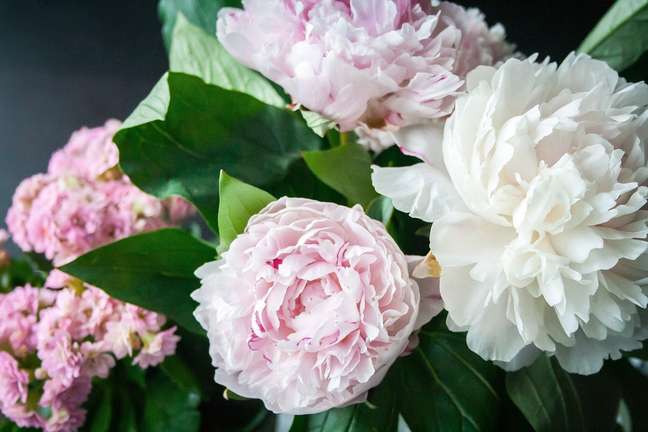
Peonies love a good cold in the winter. To set your flower buds, peony roots should be planted relatively close to the surface of the soil, at a depth of about 5-7.5cm.
It may seem odd to leave the roots so exposed, but peonies really need this cooling to reach dormancy and set buds.
Lighting
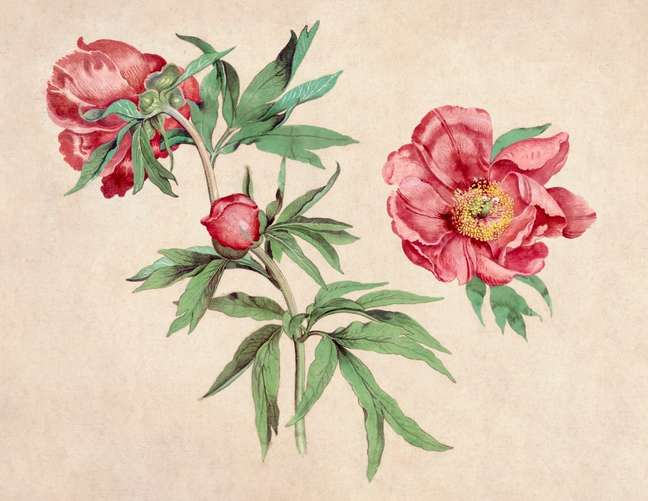
Peonies need a place to receive at least 6 hours of sunshine per day and a full day of sunshine is even better. Without enough sunlight, you’ll have fewer flowers and smaller blooms, and your plants will be at greater risk for fungal diseases.
Land
They are very adaptable, but ideally like well-drained and slightly acidic soil (6.5-7.0 pH). If you’re planting in heavy clay soil, modifying it with some compost or a soil mix labeled for azaleas and rhododendrons will make the plant easier to install.
Since peonies can stay in the same spot for over 70 years, the time to prepare the soil before planting is time well spent.

Tree peonies love slightly more alkaline soil than standard herbaceous peonies and don’t want to compete with other shrubs.
Waterfall
Peonies need moist, well-draining soil to thrive. Ideally, 2.5 to 5 cm of water should be given per week. They can thrive in relatively humid areas, but they are not resistant to drought. Cover the soil with organic matter to help them retain water and reduce the likelihood of weeds.
Temperature and Humidity
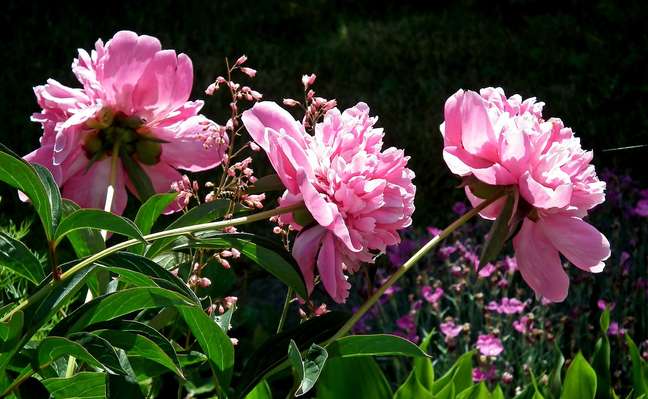
Peonies prefer cooler areas and perform best when they experience cold winters.
Fertilizer
Feed him gently. An annual application of compost mixed with a very small amount of fertilizer around the base of the plant is all that’s needed. When feeding compost and fertilizer, do so right after the plants have finished flowering.
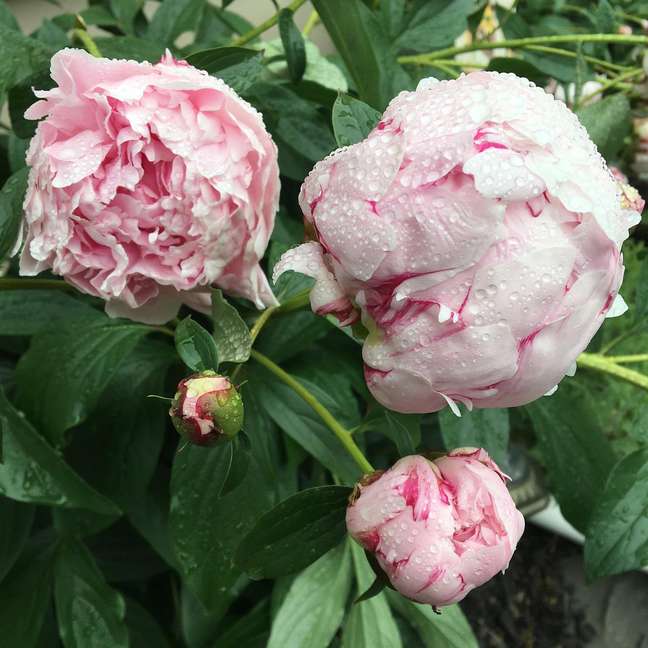
Don’t smother peonies with mulch in winter. In the first winter season, you can loosely cover it with pine needles or shredded bark, but the cover should be removed immediately in the spring.
Tree peonies need iron and phosphate, and they adapt well to an annual sulfate and bone meal diet in spring. Unlike herbaceous peonies, they need regular feeding with a 5-10-5 fertilizer.
pruning
Peonies require little pruning. When they are done blooming, cut off any dead branches and stems. If a stem looks diseased, cut it off before the affected part. If two branches touch each other, remove the least desirable branch. When pruning peonies, always cut just above the first bud.
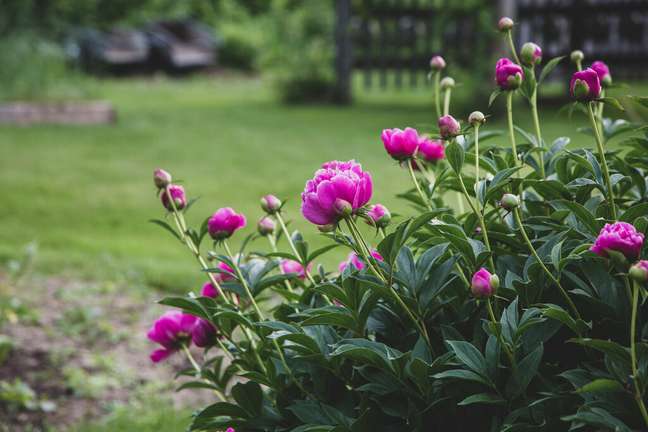
Cut off all the tiny roots in each division, leaving only the large fleshy roots. Repot the divisions as soon as possible, following the instructions above.
potting
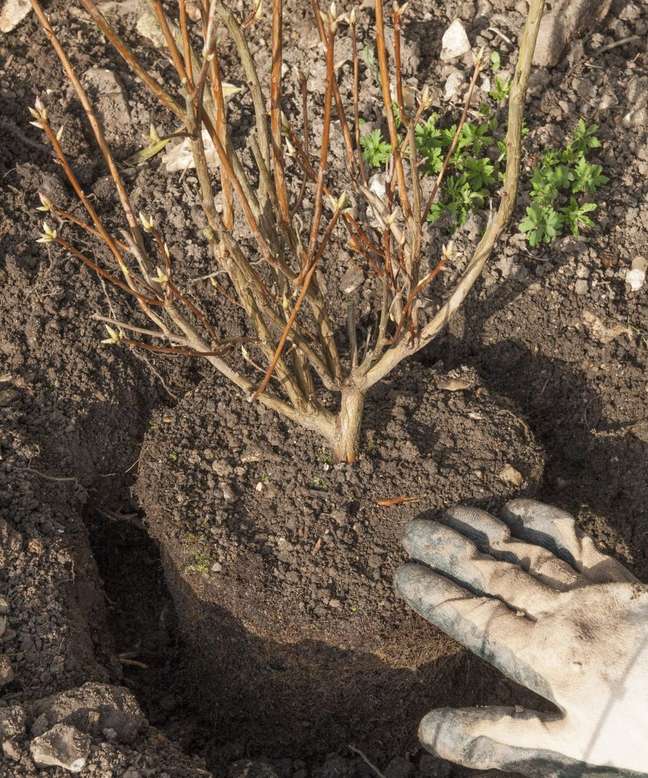
Peonies are usually bought in potted or bare-rooted plants, often packed with peat moss or wood chips in plastic bags.
When choosing potted peonies, look for healthy specimens with no leaf spots or faint-looking stems. When planting from bare tuberous roots, make sure the root cluster has at least three to five eyes.
These eyes will eventually lengthen and become the stems of the plant. A mature peony should be at least three to four years old before it splits into bare roots. Tuberous tumors with only one or two eyes can still grow, but will take longer to become established flowering plants.

If it is necessary to move a stabilized peony, the transplant must be done carefully to avoid disturbing the roots more than necessary. These plants can thrive in the same spot for decades, but moving one too quickly could cause it to die. As with any plant, fall is the best time to move a peony.
At the new planting site, wash the soil to a depth of 30 to 45cm and mix in a 10cm layer of compost or peat moss. Water with an inch of water a day or two before transplanting. Your peony should be well hydrated before moving it.
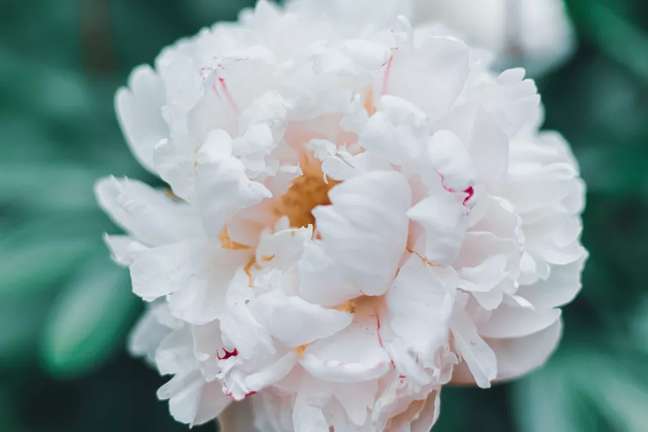
Dig around the peony root using a sharp shovel, collecting as much soil as possible. Slide a tarp under the root to keep it intact, then lift the plant off the ground and carefully carry or slide it into the new location.
In the new location, dig a hole twice the size of the peony root and exactly as deep as the root ball. Plant the peony at exactly the same depth as it was in its old location. Land around the plant.
Squeeze the soil with your hands, but don’t squeeze it too much. Water well. Add a three-inch layer of compost or mulch around the base of the plant. This will keep the roots moist and fresh while the plant is establishing itself in its new location.
Common pests / diseases
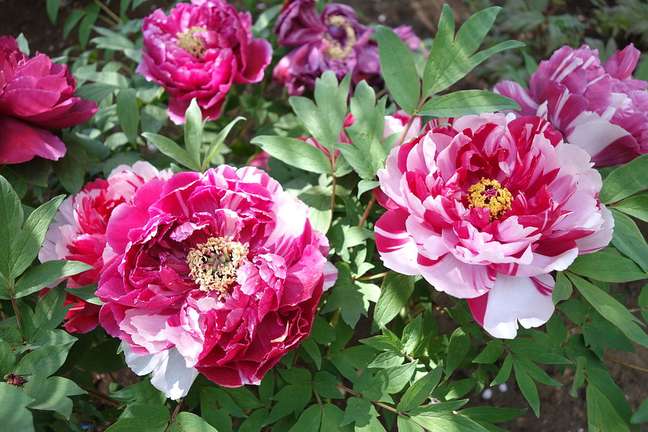
Peonies are particularly prone to gray mold ( botrytis). To combat this, make sure the peonies aren’t planted too close together, making sure air is circulating between the plants. Using copper soap-based fungicides can also help.
Gardeners often find ant-covered peony flowers that are attracted to the highly fragrant secreted nectar.
Ants do not harm the plant and, in fact, can act as a deterrent to other flower-eating insects that can transmit disease or cause damage. But ants are likely an unwanted addition to your cut flower bouquet. Just gently shake the cut peonies before bringing them indoors for decoration.
* Via L’abete
Source: Terra
Benjamin Smith is a fashion journalist and author at Gossipify, known for his coverage of the latest fashion trends and industry insights. He writes about clothing, shoes, accessories, and runway shows, providing in-depth analysis and unique perspectives. He’s respected for his ability to spot emerging designers and trends, and for providing practical fashion advice to readers.

